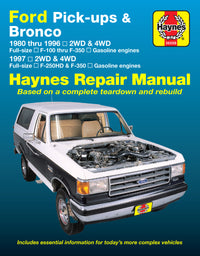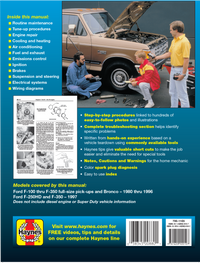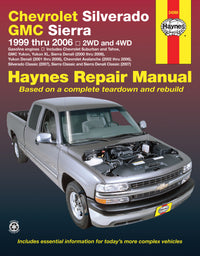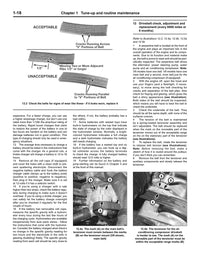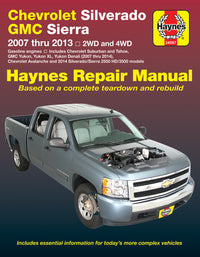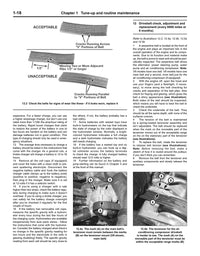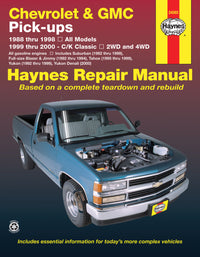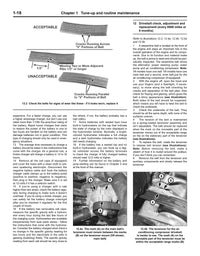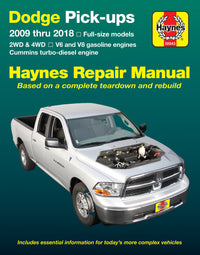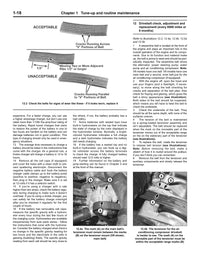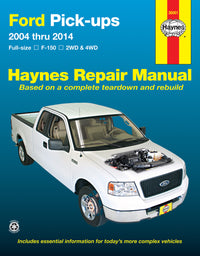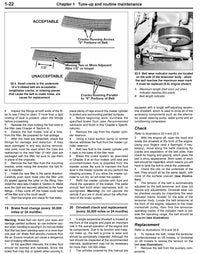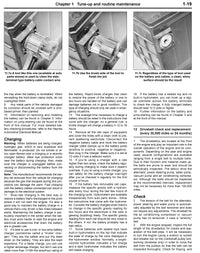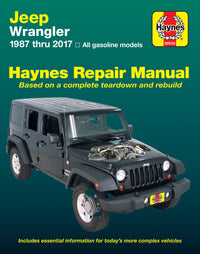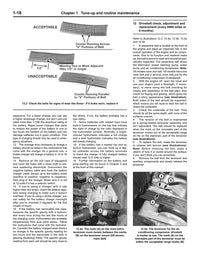Electric cars are much cheaper to run than internal-combustion-engined cars if you can charge them at home. They're also greener to run than ICE cars because much of the electricity used to power an EV will have been generated by renewables, especially if you have solar panels and battery storage.
However, if you buy an EV simply to lower your running costs it'll take you several years to recoup the initial outlay. And that's before you consider the fact that electric cars depreciate faster than gas, diesel and hybrid cars; depreciation tends not to be factored into car-buying decisions, but it should be.
Luckily, there are ways of making an old car more fuel-efficient which will, in turn, reduce vehicle emissions. Some are more obvious than others, but all will help save fuel.
8 eco-friendly car tips:
1 Look after it
A regularly serviced vehicle stands the best chance of giving you maximum miles to the gallon. Top of the service list (and probably the cheapest part to replace) is the air filter. Change it every couple of years to ensure the engine can take in as much air as it needs.
Examine your gas engine's spark plugs. If they're in poor condition, or they haven't been replaced within the past five years, change them for a new set. An efficient spark is essential for an economical engine.
Change the engine oil and filter at least once a year. Oil minimises friction between moving engine parts, which helps to improve fuel economy and lower emissions, so don't skimp and don't buy the cheapest oil you can find!
2 Check tire pressures
Do you rely on your car's tire pressure monitoring system (TPMS) to tell you when something's not quite right? It's always wise to check them manually, in case there's a faulty sensor.
The recommended tire pressures for your vehicle are usually found on a sticker on the inside of the fuel filler flap or on the inside of the driver's door A-pillar, but check the handbook if they're not there. It's important to inflate the tires to the recommended pressures – if you're given the option of numbers for normal loading and heavy loads (a full complement of occupants and luggage), go for the higher figure. The ride quality is likely to be a bit firmer, but mpg should be optimal.
Note that increasing the pressures beyond their recommended levels may result in uneven tire wear.

3 A/C on or off?
You'll often read fuel economy advice telling you to turn off the air-con and wind down a window, but lowering the glass disrupts the air flow around a car and can have a real impact on a car's mpg. If the sun isn't out and you're not sweltering, by all means switch off the air-con, but modern cars have very efficient compressors that hardly affect fuel economy, especially when you're on the open road.
It's important to use air-con once in a while, though – even during the winter months when you can use the a/c with the heater to defog windows – because the system needs to be kept lubricated; if the seals dry out the gas used by the air-con can escape, which will require the system to be regassed. If the seals need to be replaced you'll end up with a bigger bill.
4 Keep ’em closed
You'll often read fuel economy advice telling you to turn off the air-con and wind down a window, but lowering the glass disrupts the air flow around a car and can have a real impact on a car's mpg. If the sun isn't out and you're not sweltering, by all means switch off the air-con, but modern cars have very efficient compressors that hardly affect fuel economy, especially when you're on the open road.
It's important to use air-con once in a while, though – even during cooler times if the year when you can use the a/c with the heater to defog windows – because the system needs to be kept lubricated; if the seals dry out the gas used by the air-con can escape, which will require the system to be regassed. If the seals need to be replaced you'll end up with a bigger bill.

5 Take it easy
This is a biggie if you're asking yourself "how do I reduce my car's carbon footprint?" Driving slower really does save fuel.
If your car has a manual gearbox, revving out an engine to the max is bad news for fuel economy, yet driving everywhere in a high gear at very low RPM can result in an engine's ECU injecting extra fuel to prevent stalling. As is often the way, balance is best. Feel for the sweet spot in each gear where your engine pulls comfortably without labouring, yet isn't revving excessively. Once in top gear on the open road, your car will have an optimal speed for best fuel economy.
If you have an automatic gearbox with paddles or buttons behind the steering wheel, it's best to leave the 'box to its own devices and swap cogs when it wants to, rather than selecting a lower gear and raising the revs.
6 Smoother airflow
Is there a roof rack permanently fixed to your car?
Well, you'll be costing yourself a loads of extra dollars because of the extra aerodynamic drag a roof rack generates. So don't be lazy - remove the roof rack whenever you aren't going to be using it for a while.

7 On a roll
Coasting in a manual car is a great way to save fuel, but should you stay in gear? Coasting with the clutch down eliminates engine braking, but at the cost of using some fuel to keep it idling. Alternatively, engage a gear and most electronically injected engines will completely cut the fuel supply, although the mechanical drag that's introduced means you won't coast as far.
The trick is to use both methods, staying in gear while rolling to a stop or descending a hill, and coast with the clutch down for maximum distance. Once stopped, if you suspect you'll be stationary for more than 10 seconds, switch off your engine and it'll use less fuel restarting than it would if you'd left it idling.
8 Lighten the load
You'd be surprised how many people run around with a trunk full of stuff they rarely use, or merely use their car as an external storage room for their house detritus.
Don't do it. For every extra 100lb you carry around, you'll increase your car's fuel consumption by around 2%. Have a clear-out and save yourself a load of expense on gas.

